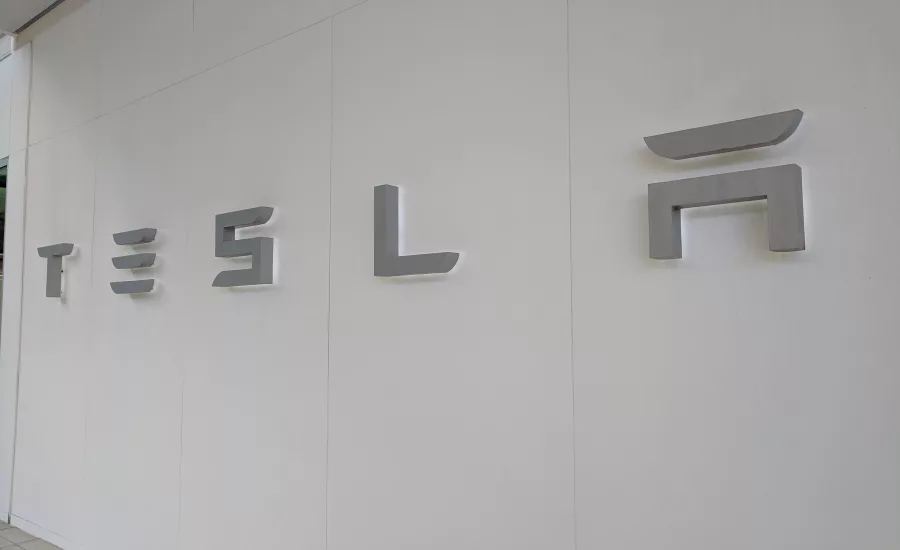Tesla Q3 2022 Report: Record Numbers of Solar, Storage Deployed

Tesla had one of its best quarters for solar and energy products, with its subsidiary, Tesla Energy, deploying large quantities of both compared to previous years.
According to the company’s latest earnings report, solar deployment in the third quarter was 94 megawatts, one of the highest in recent years. This is a decrease of 11.3% from Q2 2022, which Tesla blamed on volatile commercial project deployment. Q3 2022 followed one of the company’s best quarters in over four years — Q2 2022 saw the deployment of 102 megawatts.
Solar deployments increased by 13% year over year from 83 megawatts in Q3 2021 to 94 this most recent quarter.
The report didn’t have any specific notes about Tesla’s Solar Roof product, nor was the subject broached during Tesla’s earnings call. The only reference to it was a statement about enhancing installation efforts in the shareholder report.
“Our solar installation team continues to improve installation efficiency, enabling higher volumes and stronger economics,” the company said, the same statement it provided in its Q2 2022 report.
Last year, Tesla CEO Elon Musk said the company made “significant mistakes” with deploying its Solar Roof, specifically with not properly assessing the difficulty of installing the product on more complex roofs.
Tesla’s Solar Roof uses glass tiles with solar modules built into them. The tiles are installed on a roof in place of traditional shingles and solar panels, essentially becoming the roof itself. The product is in its third iteration.
While the Solar Roof has had a rocky start, Hurricane Ian provided a real-life example of its durability and utility. Kelly Roofing, based in Naples, Fla., posted a tweet about a Solar Roof it installed standing up to 155 mph winds and the accompanying Powerwall storage unit functioning after being underwater for hours.
Competition in the residential solar roof market is growing, most notably with GAF Energy’s Timberline Solar. The product uses nailable solar shingles that directly integrate solar technology into traditional roofing processes and materials.
Energy Storage Growth
Tesla experienced major growth on the energy storage side. Deployments increased by 62% year over year in Q3 to 2.1 gigawatt hours. In the shareholder report, Tesla notes it is ramping up production at its dedicated 40 gigawatt-hour Megapack factory in Lathrop, Calif., to address demand for energy storage.
“This level of growth was accomplished despite semiconductor challenges continuing to have a greater impact on our energy business than our automotive business,” the report states.
During the earnings call, Tesla executives said they believe the company will meet battery content and assembly thresholds under the Inflation Reduction Act.
“We view the passing of the Inflation Reduction Act as a significant boost towards accelerating our mission, while also scaling the battery supply chain at large in the United States,” said Zachary Kirkhorn, chief financial officer. “We expect Treasury to publish detailed guidance by the end of the year. Until such time, it’s difficult to fully determine the eligibility criteria, but we believe Tesla is very well positioned to capture a significant share of that for solar storage and also electric vehicles.”
Looking for a reprint of this article?
From high-res PDFs to custom plaques, order your copy today!






